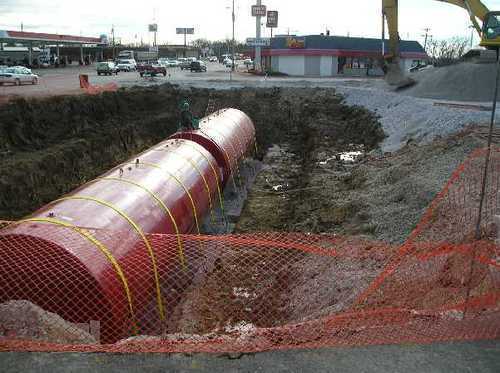
Whether you’re looking to remove an underground storage tank or are unsure what to expect, it’s essential to understand the process before you begin. There are several steps to this process, including the Site assessment, a Soils management plan, permits, and liability. To help you navigate these steps, we’ve outlined the process in this article.
Site assessment
Before beginning the underground storage tank removal process, you must perform a site assessment. This assessment can help determine whether there is a significant risk of contamination and remediation. A professional geologist or engineer can help you complete oil tank removal Westchester County, NY, and provide oversight and reporting. They can also create the final report you need to close the UST site.
If the site assessment has no cause for concern, you can proceed to the removal process. First, you must prepare and submit State Form 56554 or UST Closure Report Document. These forms can be obtained from the IDEM Agency website. If the UST removal process requires excavation, this is often an option. The process of removing an underground storage tank will be similar to that of removing a conventional tank.
Soils management plan
A soil management plan is essential to the project when completing underground storage tank removal. It must be created based on the site’s history and the proposed solution for remediating the soil. A soil management plan includes a site map, topographic maps, aerial photographs, site layout diagrams, and any specialists’ expertise. The purpose of this document is to provide as much information as possible so that the project can be completed correctly.
A soil management plan will also include contact information, such as the names and titles of key people involved, emails, and direct phone numbers. Among these are property owners, tenants, managers and agents, excavation contractors, and environmental professionals. In addition to these key contacts, the plan will include a caseworker and contact information for the environmental professional.
Liability
There are many aspects to consider when determining liability for underground storage tank removal. The tank removal process can be highly hazardous and must be done correctly and with the utmost care. Proper documentation and notification to local authorities are essential for minimizing the risk of contamination.
The EPA will have the authority to pursue a claim if contaminants are released into the environment. The agency will have the right to conduct examinations and take testimony to determine if the claim is valid. It may also require the payment of a fee established under section 705(d)(2).
Requirements
The requirements for underground storage tank removal vary from state to state. Still, many states require contractors to be licensed and must meet strict guidelines to ensure that the removal is safe and compliant with state environmental regulations. For example, the tank must be completely emptied, and any left residue materials should be disposed of properly. These materials could be hazardous or flammable. Some states also require the tank to be inserted, which involves replacing the oxygen in the tank with a non-explosive gas.
Once a permit is obtained, you must notify the Department of Public Health in writing of your plans to abandon the tank. This notification must be sent within 30 days before the removal begins. A permit can be waived if a known or suspected release occurs.
Cost
The cost of underground storage tank removal depends on several factors, including the location of the tank and the difficulty of accessing it. A professional company will charge anywhere from $1000 to $1500 for the work. Many states and municipalities have approved contractors. Obtaining multiple quotes is recommended.
The cost of underground tank removal is expensive, and you should budget for it accordingly. In addition to excavation costs, you will need to pay for soil testing to discover if there are any leaks. Then, you will need to pay for soil remediation, which will remove any harmful contaminants. The cost can easily exceed $1 million, depending on the extent of the contamination.